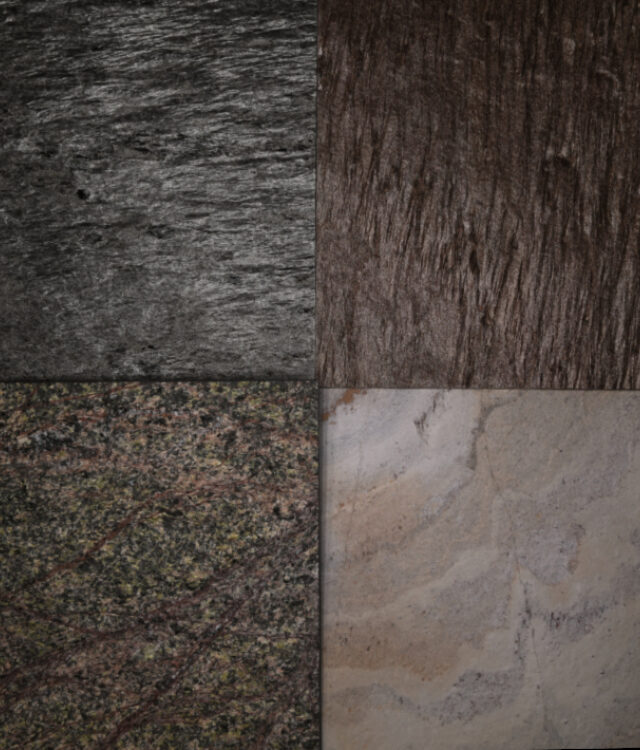Get started with Truvis Authentica Creator
In this video about the software Authentica Creator, you will learn what a scene is. You will then discover the different illumination and scene options. Finally, you will learn how to manage your scenes and projects.
What is a scene
Once your 48 images are imported, Authentica will process the images and create a material, an object and a scene. A material is a digital surface model that contains all the information of a given material like its surface structure, color and gloss. The material information can be applied to an object of defined shape and size. A scene is an arrangement that may contain several objects with different light sources. Furthermore, in a scene, you can apply color corrections, remove the background with a mask, export as image and export an interactive scene to a website.
In the scene tab, let’s focus on the right side of the window. Here are all the settings of your scene. The panels can be expanded and collapsed for a better overview.
On the left side of the window, you will find your projects which contain materials, objects and scene of your captures. For each project, scene, object and material, a corresponding folder is created on your computer in the Authentica main folder.
Illumination and scenes options
For all input fields it’s possible to either type a value directly in the field, use the up and down keys of the keyboard or scroll up and down with the mouse to increase/decrease the value of the setting.
You can add four different types of virtual light to a scene. You can add as many light sources as you like, each with a different position or incidence angle.
Directional lights are virtual light sources infinitively far away and beams to a defined direction. You can set the light direction by using the light bulb or you can click into the circle and change the angle of incidence of the light. Choose an intensity value of your choice.
A Point light radially emit light from one point evenly. Unlike the directional light, the point light can be placed closer or further away from the object. The position of the point light is set by choosing x, y and z values.
Spot lights are similar to point lights but only emit light within a specific solid angle. This angle can be specified by entering a number between 0 and 180. The Penumbra setting defines how sharp the light should be within a range of 0 and 1. Set the direction of the spot light by using the orange positioning circle. The position of the spot can be set by using the x, y and z values.
An Ambient light illuminates your scene evenly from all directions. You can set the light as bright as you want.
In the “Objects” panel, open “Material”. Here, you can modify the intensity of the entire material. You can also modify the intensity of the diffuse reflection. With the map intensity you can regulate the intensity of the spatially resolved specular reflection. With the Global Intensity you can set the intensity of the specular reflection for the whole material. Here you can regulate the Sharpness of the specular reflection.
Another great function is Surface Enhance. It removes all colours and allows you to examine the surface details of your object without being distracted by colour or material information.
If you want to remove the background around the object, you can add here a mask which you created in a graphic software.
In the Geometry tab you can resize, position and arrange all objects by using the x, y and z values., Later you will learn how to add several objects to your scene.
In the background tab you can select the background color of your choice for the entire scene.
How to manage scenes and projects
In Authentica Creator, you can create several projects where your objects and scenes are saved in subfolders.
Objects are the 48 photos processed by Authentica. The objects themselves always remain in their original state and cannot be changed. If you want to view an object or change the light settings, you can open the created scene. Alternatively, create a new empty scene here and add an object.
If you would like, you can also add multiple objects to a scene. When you insert several objects, they are placed on top of each other. Now go to the tab "Objects", "Geometry". You can define the size, position and angle of each object individually.
Always remember to save your changes in the scenes - there is no automatic saving.







